Data Synchronization Software is a type of software designed to ensure that data is consistently and accurately updated across multiple systems, devices, or locations. The goal is to maintain uniformity of data across different platforms, allowing data to be shared and updated in real-time or at scheduled intervals. This is crucial in environments where multiple systems or users need access to the same data, such as in enterprise systems, cloud storage, or between a local device and remote server.
Discover the top 12 best data synchronization software solutions
Goodsync
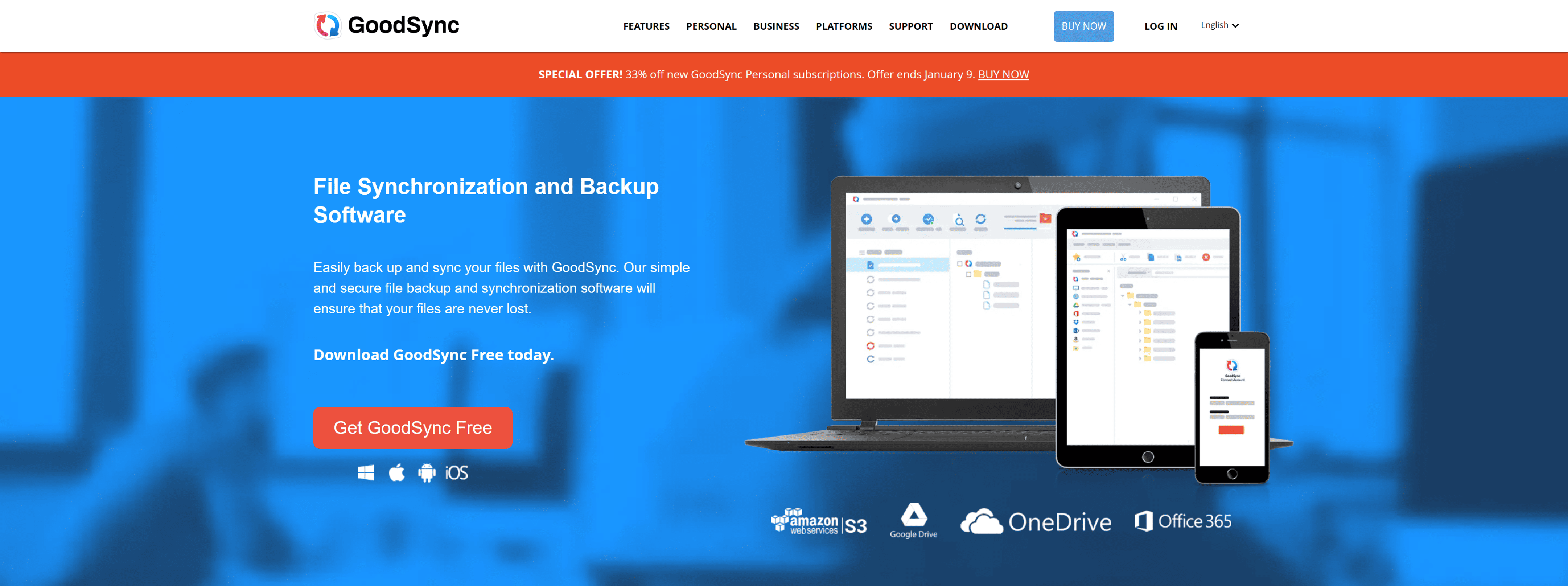
Goodsync – simple and secure file backup and synchronization software will ensure that your files are never lost.
- Logs of Actions and Changes Report
- Fixing Access Denied Errors
- Copy Symbolic Links or Drill Down
- Automated Conflict Resolution
- erify File Copying by MD5
- Automatic Reconnect for Remote Folders
- Portable Paths for Removable Drives
- Exclude and Include Filters
- Parallel Threads
- Copy Extended Attributes
- Time Shifts Are Detected And Fixed
- File Mod Time Translation For Non-Preserving File Systems
Aspera (Ibm)
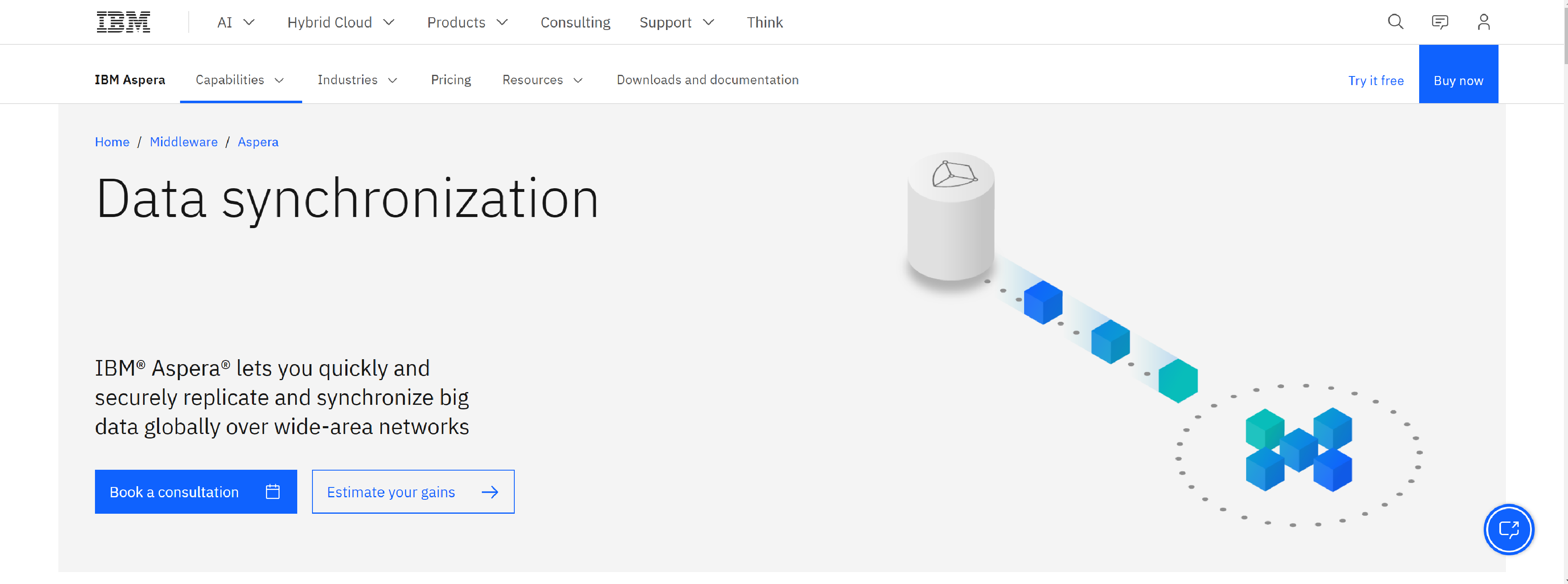
IBM Aspera helps sync files and big data repositories more securely at high speed, regardless of the size or volume.
- Sync millions of small files or a few multi-terabyte files with multi-gigabit transfer speeds
- Aspera Sync can avoid unnecessary copying by recognizing changes and file system operations
- Choose from unidirectional and bidirectional sync and one-to-one, one-to-many and full-mesh sync
Connx

DataSync is a database synchronization software that lets you set the update schedule so you can optimize system performance based on your organization’s needs.
- ACD Replications
- Fast to Implement
- Easy to Use
- Versatile
- Scalable
- The Tool for Minimizing Project Risk
Hubspot

Hubspot – Connect your tech stack with a free, powerful two-way data sync that aligns teams and unites all your customer data in one integrated customer platform.
- Connect your apps. Empower your business
- Keep databases in continuous sync
- Choose one- or two-way syncs
- Fully customize your sync
- Sync new and historical data
Resilio
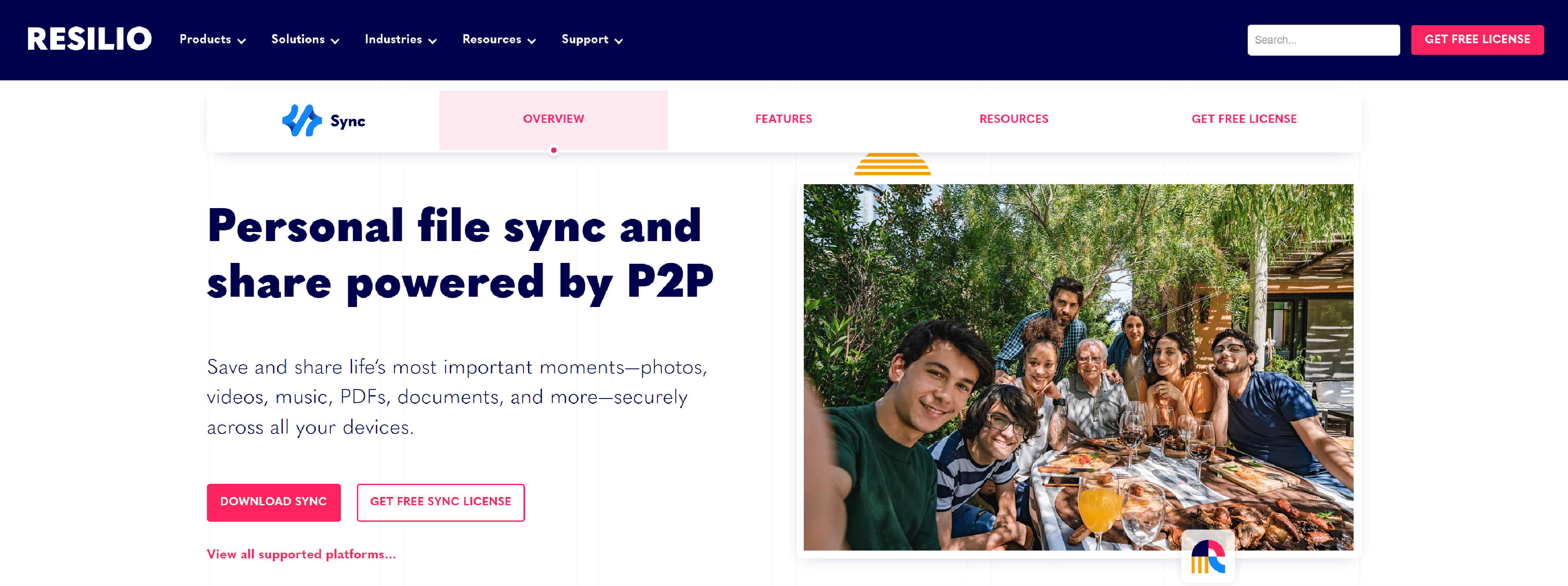
Resilio – Save and share life’s most important moments photos, videos, music, PDFs, documents, and more securely across all your devices.
- Easily Send Big Files to Friends and Family
- Make Sure Sensitive Data Stays In Your Control
- Automatically Sync folders to All Your Devices
- Sync Only The Files You Need
- Control Bandwidth Usage
Peersoftware
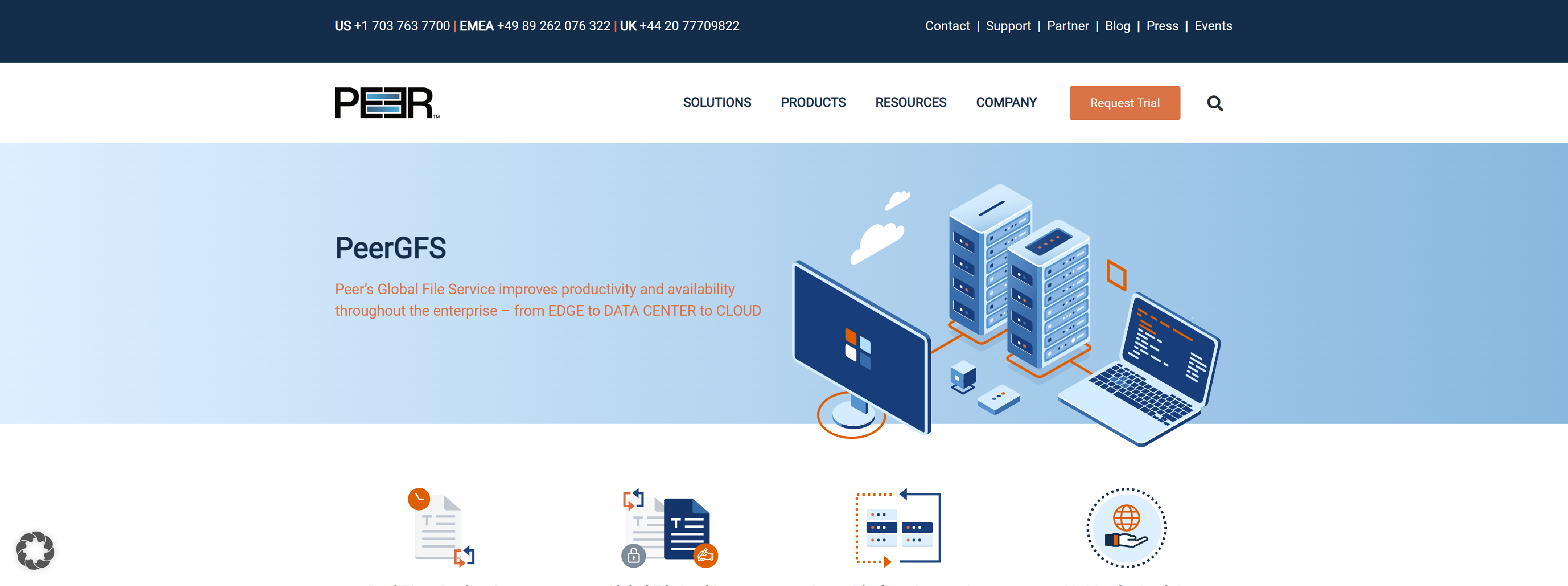
PeerGFS is the one solution you need to simplify file management & orchestration across edge, data center, and cloud storage.
- Replicate file changes in real-time to enable Active-Active global file sharing
- Enable fast, local access to shared file data without the risk of version conflicts
- Replicate, synchronize, share, and back up files across major storage and cloud providers
- Eliminate vendor lock-in with a software solution that supports native file and object formats
Signiant
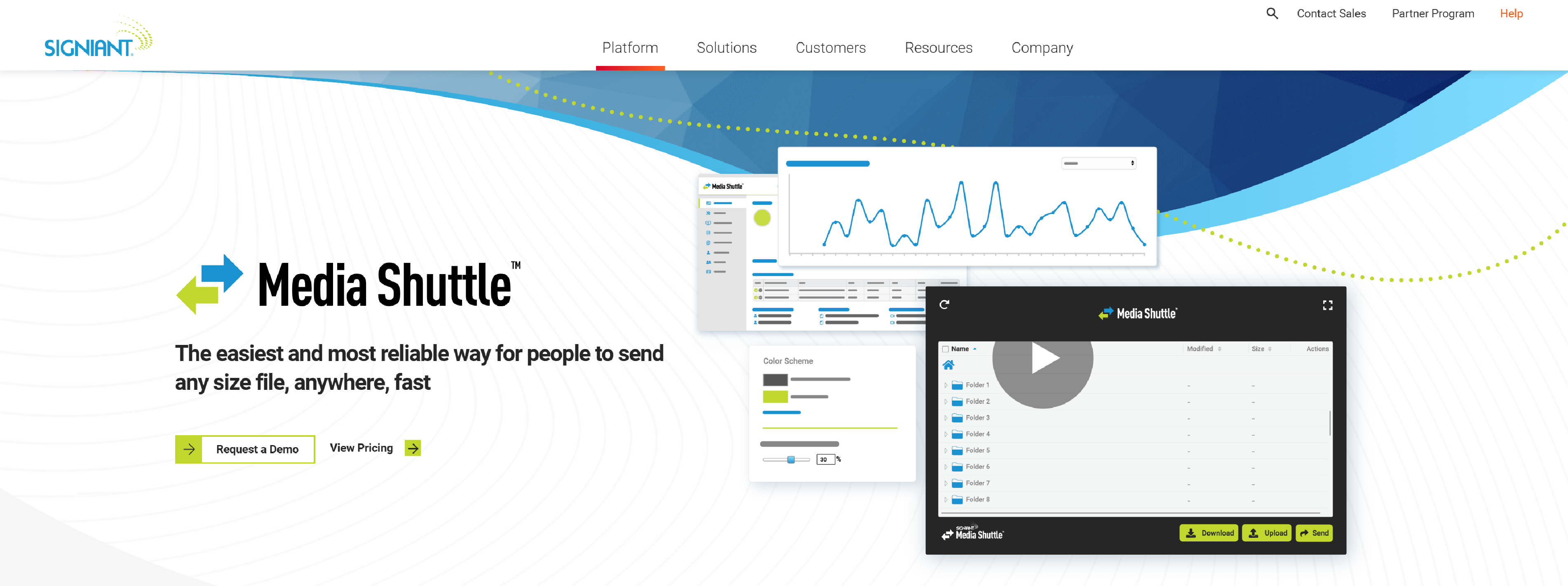
Signiant Media Shuttle is an enterprise sync solution that is optimized for media companies, as it integrates with many media workflow tools.
- Portals For Every Use Case
- Intuitive Dashboard
- Access Control
- Storage Choice
- Portal Customization
- Language Support
- CloudSpeX
- Metadata Entry
- Send and Share from Any Device
- APIS
Enduradata

Enduradata – File sync and data replication software for backup, sharing, syncing & migrating data between business processes, systems & remote sites.
- Data replication and file synchronization
- File transfer, file sync, and data transport
- Data protection
- Data migration solutions
- Data integration solutions
- Data ingestion solutions
- Large scale data distribution
- Data flow between applications automation
- Business process automation
- Data & systems integration
- Linux, Unix and Windows
Ubackup
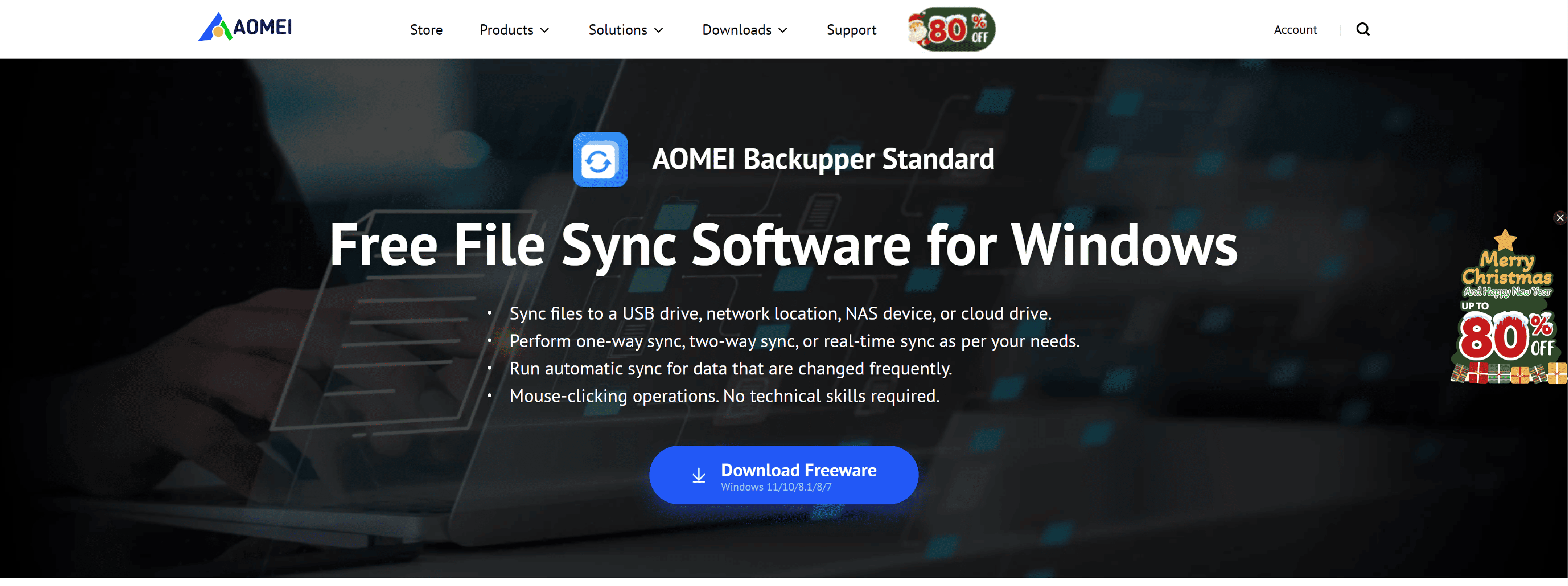
Ubackup – sync your files & folders automatically or manually to NAS, external drive, Cloud or another computer with the best file sync software for free!
- Sync files to a USB drive, network location, NAS device, or cloud drive
- Perform one-way sync, two-way sync, or real-time sync as per your needs
- Run automatic sync for data that are changed frequently
- Mouse-clicking operations. No technical skills required
Sync-mac
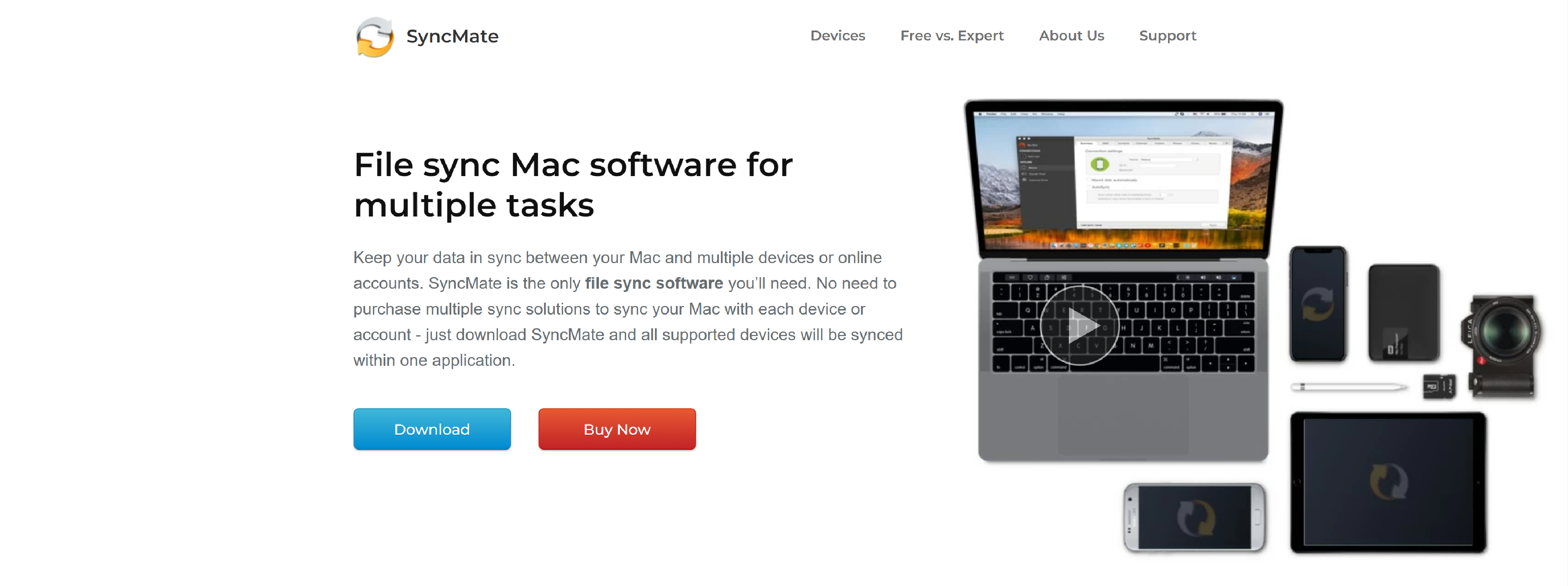
SyncMate is a file sync Mac software that helps you synchronize Mac computers with Android and iOS devices, other Macs, cloud accounts, MTP devices, and Microsoft services.
- Sync Mac with Android and iOS devices
- Sync with MTP, mounted devices and other Macs
- Synchronize Mac with cloud storages
- Syncing with Microsoft services
Syncovery
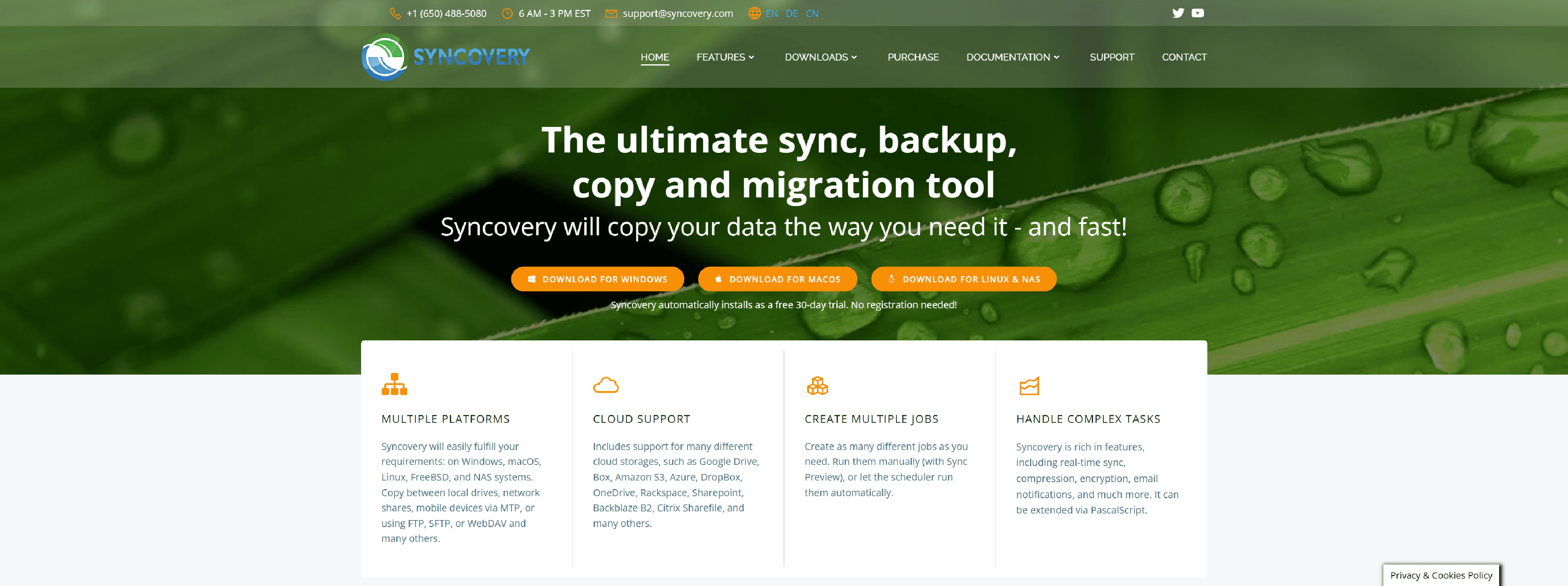
Syncovery works with local hard drives, network drives and any other mounted volumes. In addition, it comes with support for FTP, SSH, HTTP, WebDAV, Amazon S3, Google Drive, Microsoft Azure, OneDrive, SharePoint, DropBox, Box, Backblaze B2, and many other cloud storage providers.
- Synchronizes or Backs Up Files
- Copy several files in parallel
- Includes a scheduler
- Internet and Cloud Support
- Compression and Encryption Support
- Detects Moved Files
- SmartTracking
- Exact Mirror Mode
- Unattended Mode
- Copy Locked Files
- Block Level Copying
- Database-safe mode
- Can Use Recycle Bin
- File Masks & Filters
- Daylight Saving Time / Time Zones
- Easy Resuming On Disk Full
- Obsolete File Folders
Beyondsync
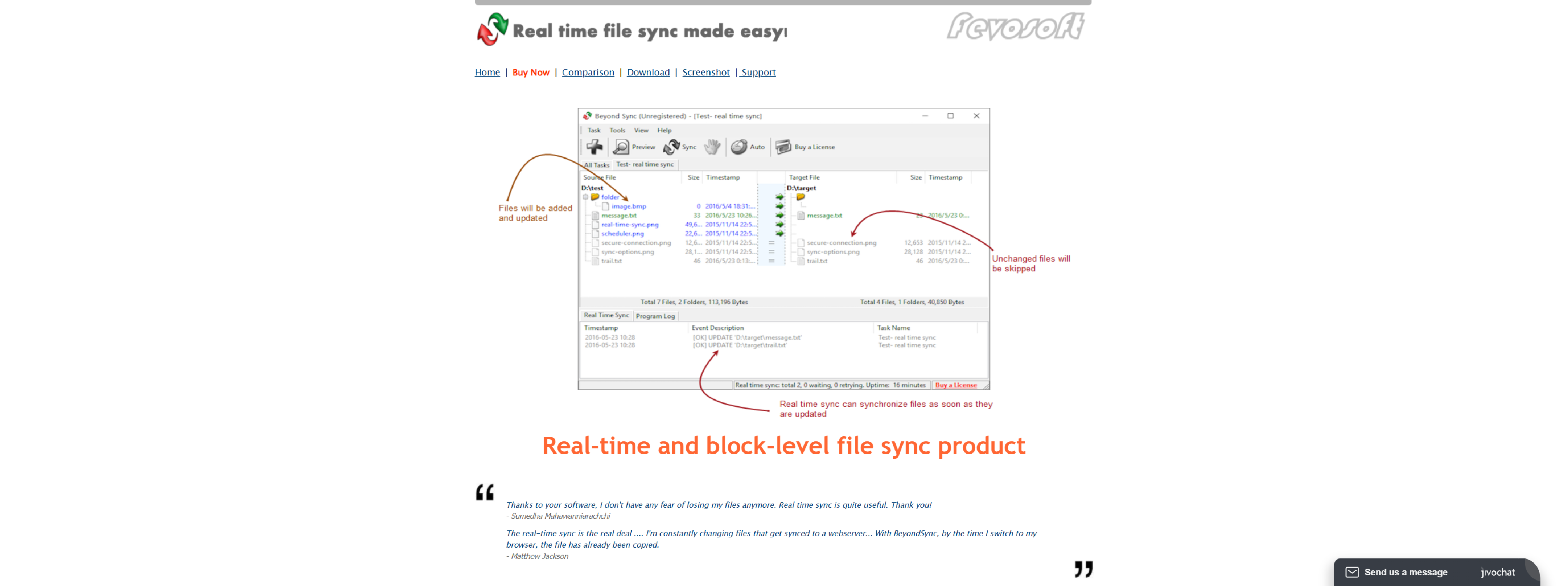
Beyond Sync real time sync monitors folders for changes and sync files as soon as they are updated. Realtime sync is very effective since it doesn’t scan entire folders at all.
- Real Time Sync
- Block Level Sync
- Run as a Windows Service
- Synchronize network folders
- High performance multiple threads file transferring
- Handle different time zone
- Conflict detection
- Email notification
- Command Line mode is supported
- Byte-to-byte verification
Data Synchronization Software Price
- For individuals or small teams, expect to pay between $10 and $50 per user per month for basic cloud-based synchronization tools or one-time fees of $30 to $200 for on-premise tools.
- For larger teams or enterprise-level solutions, expect monthly or annual costs in the range of $500 to $5,000+, depending on the number of devices, features, and data volume handled.
Features of Data Synchronization Software
Data Synchronization Software typically comes with several key features to ensure that data across multiple platforms, devices, or systems remains consistent, accurate, and up-to-date. Here are the key features of such software:
- Real-Time Synchronization: Allows data to be synchronized in real-time, ensuring that all connected systems are up to date instantly when changes are made.
- Bidirectional Synchronization: Supports two-way synchronization where data can be updated in multiple locations or devices and changes are propagated across all systems to ensure consistency.
- Conflict Resolution: Includes features to detect and resolve data conflicts when changes occur at the same time or in different locations. It might use timestamp-based or priority-based rules to handle these conflicts automatically or prompt the user.
- Incremental Synchronization: Only changes (new, updated, or deleted data) are synced, which saves bandwidth and time, especially when dealing with large datasets.
- Offline Synchronization: Allows data to be synchronized even when the systems or devices are not connected to the network. Once connectivity is restored, the changes are automatically synced.
- Data Security and Encryption: Provides strong security measures, such as encryption, to protect data during transfer and storage, ensuring that sensitive information is kept safe from unauthorized access.
- Cross-Platform Compatibility: Supports synchronization across different platforms, devices, and operating systems (e.g., syncing data between iOS and Android devices, or between Windows, macOS, and Linux).
- Cloud Integration: Syncs data across cloud services and local systems, enabling seamless integration with platforms like Google Drive, Dropbox, and other cloud-based tools.
- Scheduling and Automation: Allows users to schedule when synchronization occurs (e.g., daily, weekly, or based on triggers), and automates the sync process to reduce manual intervention.
- Version Control: Tracks different versions of data to avoid loss of important information and provide users with a way to revert to previous versions if necessary.
- Data Filtering and Customization: Offers options to filter what gets synchronized based on predefined criteria (e.g., file types, specific data sets) for more efficient synchronization.
- Multiple Data Sources Integration: Supports syncing data from various sources, such as databases, applications, file servers, or even IoT devices, into a unified system.
- Backup and Restore: Provides features to create backups during synchronization, which can be used for restoring data in case of data loss or corruption.
- Logs and Monitoring: Includes logging features to track synchronization events, detect errors, and monitor the status of synchronization processes to ensure everything is functioning properly.
- User Access Control: Allows administrators to manage who has access to what data and when, ensuring that only authorized users can perform synchronization tasks.
- Scalability: Can handle increasing amounts of data as the needs of the organization grow, ensuring that the system remains efficient even with large datasets or more devices.
- Bandwidth Management: Provides settings to control and optimize bandwidth usage during data sync to avoid network congestion or to prioritize critical data transfer.
- Audit Trails: Maintains detailed logs of all synchronization activities, including data changes, sync times, and who made the changes, offering an audit trail for compliance and accountability.
- Alerts and Notifications: Sends notifications or alerts in case of sync failures, errors, or successful synchronization, keeping users informed about the status of their data.
- Custom Sync Rules: Allows users to define custom synchronization rules for different data sources, such as syncing only files modified in the last 24 hours or specific folders.
FAQS about Data Synchronization Software
Here are some frequently asked questions (FAQs) about data synchronization software:
What is data synchronization software?
Answer: Data synchronization software ensures that data across multiple systems, devices, or platforms is consistent and up-to-date. It automatically updates data in real time or at scheduled intervals, keeping all sources synchronized without manual intervention.
How does data synchronization work?
Answer: Data synchronization works by detecting changes in the data at one location (e.g., a database, cloud storage, or file system) and propagating those changes to other locations, ensuring all instances of the data are updated. This can happen in real-time or in periodic sync intervals.
What are the different types of data synchronization?
Answer: There are mainly three types:
- Real-time synchronization: Updates data immediately when changes are made.
- Batch synchronization: Updates data at scheduled intervals (e.g., daily or hourly).
- Incremental synchronization: Syncs only the data that has changed since the last sync, reducing time and bandwidth.
What is the difference between one-way and two-way synchronization?
Answer:
- One-way synchronization: Data flows in a single direction, usually from a master system to one or more client systems.
- Two-way synchronization: Data is synchronized in both directions, meaning changes made in any location are updated across all systems involved.
Why is data synchronization important?
Answer: Data synchronization is crucial to maintaining consistency across systems, ensuring that users and applications always access the most up-to-date information. It also supports collaboration, backup, and disaster recovery efforts by ensuring data is available in multiple locations.
What types of data can be synchronized?
Answer: A wide range of data can be synchronized, including:
- Files and documents
- Databases (SQL, NoSQL)
- Cloud storage files (e.g., Dropbox, Google Drive)
- Customer relationship management (CRM) data
- Email and calendar information
- IoT device data and logs
Can data synchronization software handle large datasets?
Answer: Yes, most data synchronization tools are designed to handle large datasets. They often use features like incremental synchronization, compression, and batching to manage large volumes of data efficiently.
How do I resolve conflicts in data synchronization?
Answer: Data synchronization software typically includes conflict resolution mechanisms such as:
- Timestamp-based resolution: The most recent change is prioritized.
- User-defined resolution: Users are prompted to choose the correct version of data.
- Automatic merging: The tool attempts to merge the conflicting data based on predefined rules.
What security measures should data synchronization software have?
Answer: Key security features should include:
- Encryption: Data should be encrypted both during transfer (in transit) and when stored (at rest).
- Access control: Permissions and access rights should be managed to ensure only authorized users can make changes.
- Audit trails: Detailed logs of who accessed or modified data, helping to ensure accountability.
- Authentication: Two-factor authentication and other security protocols should be used.
Is it possible to sync data offline?
Answer: Yes, some data synchronization tools allow offline syncing. In such cases, data changes are stored locally on the device and synced when a connection to the network is restored.
Can data synchronization software work with cloud services?
Answer: Yes, many data synchronization tools integrate with popular cloud storage services (e.g., Google Drive, Dropbox, OneDrive) to keep files and data consistent across both local devices and cloud-based platforms.
How do I choose the best data synchronization software for my business?
Answer: To choose the best tool, consider factors such as:
- The types of data you need to synchronize
- Whether you need real-time or batch synchronization
- Security features and compliance requirements
- Integration with existing systems or platforms
- Scalability and performance for large datasets
- Cost, support, and ease of use
What happens if a synchronization process fails?
Answer: If a synchronization process fails, the software should alert you to the issue and provide logs or error messages to help diagnose the problem. Some tools include automatic retry mechanisms, and others allow manual intervention to resolve the issue.
Can data synchronization software help with backup and disaster recovery?
Answer: Yes, many synchronization tools can be configured to create backups during the synchronization process. In case of data loss or corruption, these backups can be used to restore lost information.
How can data synchronization be automated?
Answer: Most data synchronization tools allow you to schedule synchronization tasks to run automatically at specific intervals, such as hourly, daily, or based on data triggers. This minimizes manual intervention and ensures consistency without user effort.
Is there any risk of data corruption during synchronization?
Answer: While rare, data corruption can occur during synchronization, especially if there is a system failure or conflict during the sync process. To mitigate this risk, ensure the software includes data integrity checks, backups, and conflict resolution mechanisms.
Can data synchronization software be used for syncing mobile devices?
Answer: Yes, many data synchronization tools are designed to sync data between mobile devices (e.g., iOS, Android) and desktop or cloud systems. This allows for consistent access to information across devices.
What is incremental synchronization?
Answer: Incremental synchronization only transfers the changes made since the last synchronization. This reduces the amount of data that needs to be transmitted and speeds up the synchronization process, making it more efficient.
Can I sync data across multiple platforms (e.g., Windows, macOS, Linux)?
Answer: Yes, many synchronization tools support cross-platform synchronization, enabling seamless syncing of data between different operating systems and devices.
What are the costs associated with data synchronization software?
Answer: The costs can vary depending on the tool’s features, licensing model, and scalability. Some tools have subscription-based pricing, while others may offer one-time licenses.
By addressing these frequently asked questions, businesses can better understand the capabilities and limitations of data synchronization software, helping them make informed decisions about which tool best suits their needs.